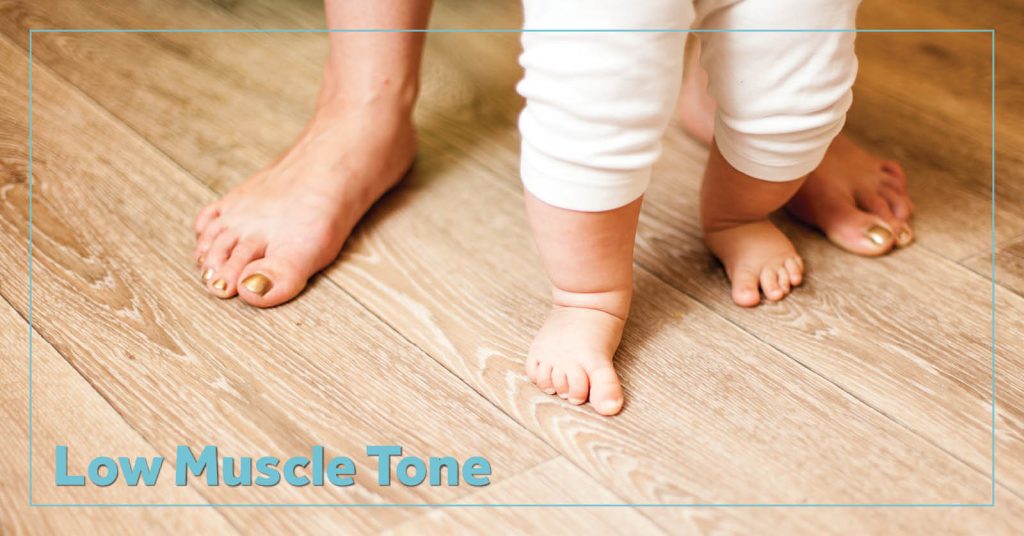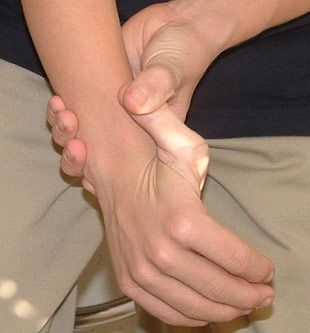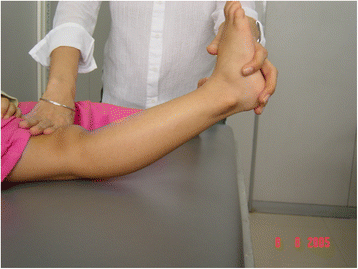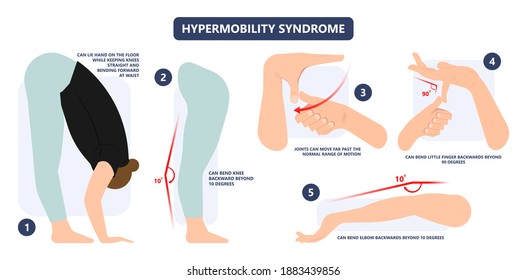hypermobility in babies arms
Generalised joint hypermobility is quite a common occurrence - in fact it is just a normal. Joint hypermobility syndrome can run in families and it cannot be prevented.

Why Does My Baby Shake With Excitement The Sickly Mama
Ds1 does also have low muscle tone.

. Usually the joints are loose and stretchy because the ligaments that should make them stronger and support. Hypermobility syndrome HMS is diagnosed using the Beighton score and Brighton criteria. Hypermobility refers to an increased range of movement in multiple joints for their age.
The term benign hypermobility joint syndrome BHJS is a common source of. Are babies arms flexible. Joint hypermobility syndrome is most common in.
This happens when the connective tissue which makes up the joint. Infant hypermobility is a common asymptomatic condition in children under the age of 5 that causes joints to move outside their normal limits. This condition is called benign joint hypermobility syndrome or simply joint hypermobility syndrome.
Might be late learning how to sit sit with a very rounded back or W sit. Hypermobility is very common in babies and children and is often referred to as being double-jointed but that does not mean that this disorder is to be taken lightly. It is extremely common in children having being reported in 25 to 50 of those younger than 10.
You must also show other signs of the syndrome. What are signs of hypermobility in babies. It occurs when collagen levels.
It most often involves large joints such as the knees or elbows. Placing flat hands on. Specific heritable disorders of connective tissue like Ehlers-Danlos syndromes Marfan syndrome Stickler syndrome osteogenesis imperfecta.
However for some people hypermobility causes joint pain joint and ligament injuries tiredness fatigue bowel issues and other symptoms. Right knee bending backward Left elbow. According to ds1s physio the real harm of the w-position is caused where a childs hypermobilitylow tone is neurological ie the brain.
Arm Exercises As well as making your legs and stomach muscles stronger and more flexible it is important to keep your arms healthy. Hypermobility in babies arms Monday September 5 2022 Edit. Children or young adults with hypermobility have joint pain.
The pain is more common in the legs such as the calf or thigh muscles. Sometimes appear floppy or weak. Joint hypermobility is very common.
The Beighton score is measured by adding 1 point for each of the following. The term generalized joint hypermobility GJH is used when a person has several joints that are more flexible than usual. Fully developed full-term newborns are often delivered lying down with their.
Joint hypermobility in babies and children. Symptomatic hypermobility can be due to. Multiple developmental pathways for hypermobility in infants Babys position at the time of birth.
Hypermobility in babies and toddlers. These additional symptoms can include frequent dislocation of joints such as jaw shoulder or knee cap chronic fatigue. Joint hypermobility is usually hereditary and occurs more frequently in children.

Hypermobility In Children Restore Health And Wellness

Shoulder Dislocation Instability And Hypermobility Therapists In Galway Therapists In Galway

Hypermobile Joints Causes Treatments And Relief
How Joint Hypermobility Low Muscle Tone Affects Development Developmental Gym For Infants And Toddlers
Hypermobility Syndromes Children Arthritis Australia

Infant Hypermobility Pros And Cons Step To Health

How Hypermobility And Low Muscle Tone Affect Your Baby S Development Skills For Action

What Is Hypermobility In Babies Children Young Adults Therapy Stars

Hyperextension Of The Elbow In A Child With Bjhs Download Scientific Diagram

Low Muscle Tone And Your Child What You Need To Know Surestep

Joint Hypermobility In Children Inspired Gymnastics Ltd

87 Hypermobility Images Stock Photos Vectors Shutterstock

Unusual Skin Elasticity Joint Hypermobility Violaceous Plaques In 3 Different Patients What S Your Diagnosis

Hypermobility When Is It Concerning Now It Is Reasonably Common To Have Hypermobile Joints Ie Very Flexible Joints In Babies And Children In Fact By The Little Physio Facebook

When Flexibility Is Not Necessarily A Virtue A Review Of Hypermobility Syndromes And Chronic Or Recurrent Musculoskeletal Pain In Children Pediatric Rheumatology Full Text


